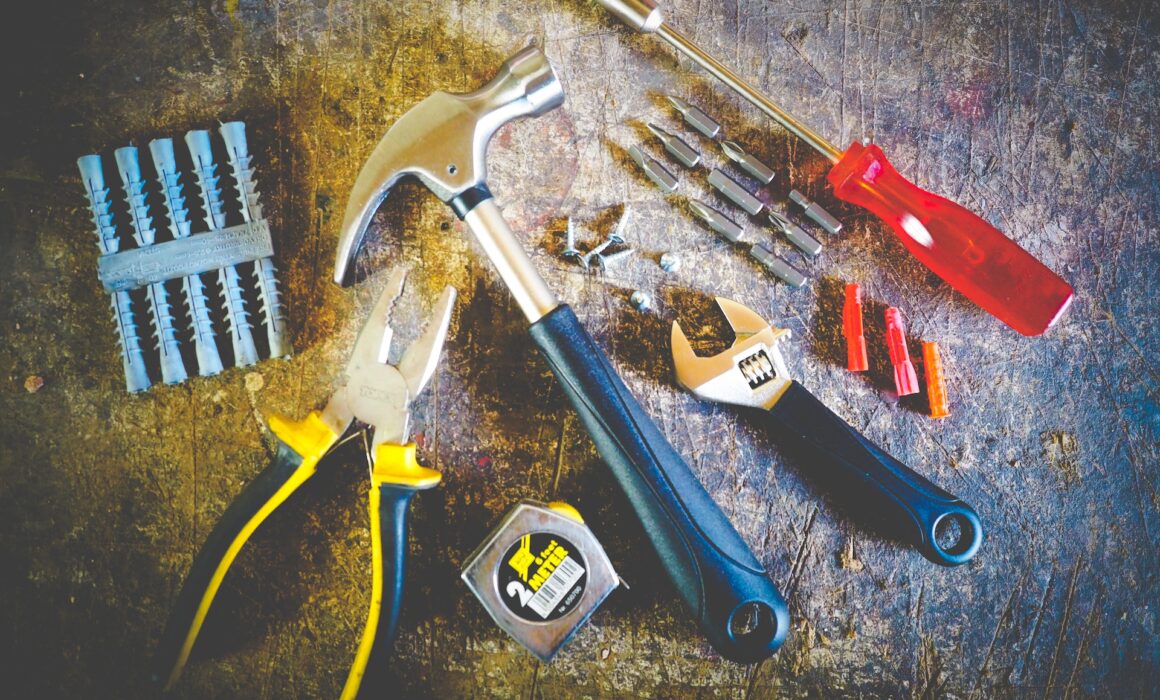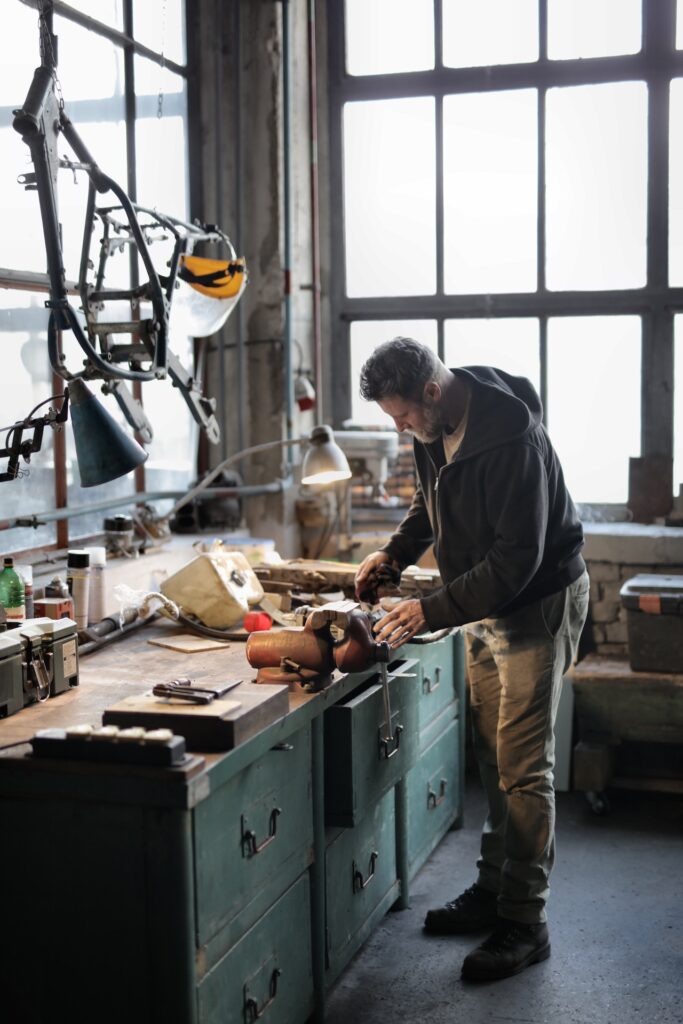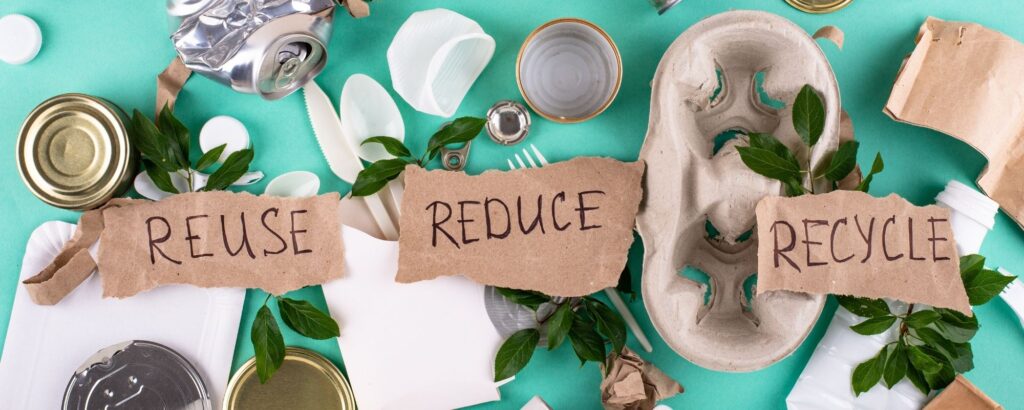
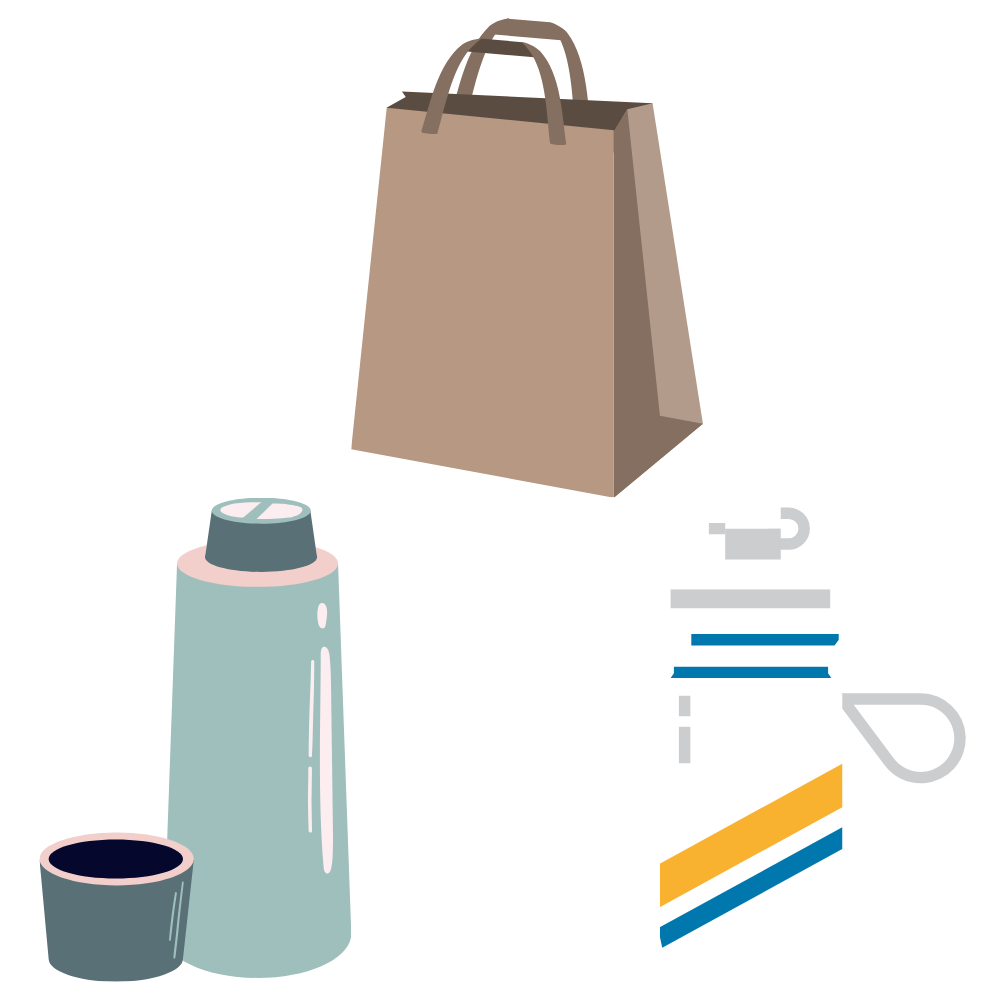
Even the bitteresEmbrace a Reusable Lifestyle
Invest in reusable shopping bags instead of single-use plastic bags. Carry a reusable water bottle to reduce the need for disposable plastic bottles. Opt for a travel mug or thermos for your coffee instead of single-use cups.t fruit has sugar in it.
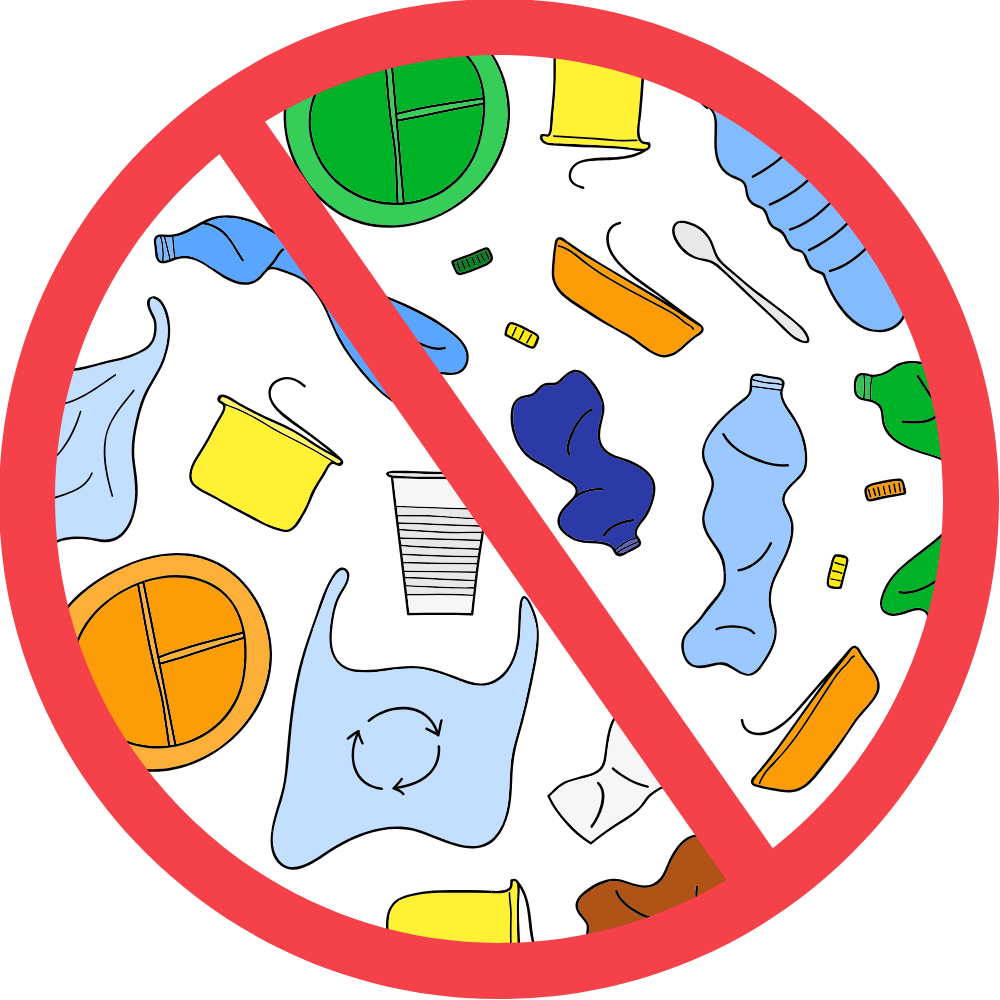
Say No to Single-Use Plastics
Avoid single-use plastic utensils, straws, and containers. Opt for reusable alternatives. When ordering takeout, request that restaurants leave out plastic utensils and condiments.
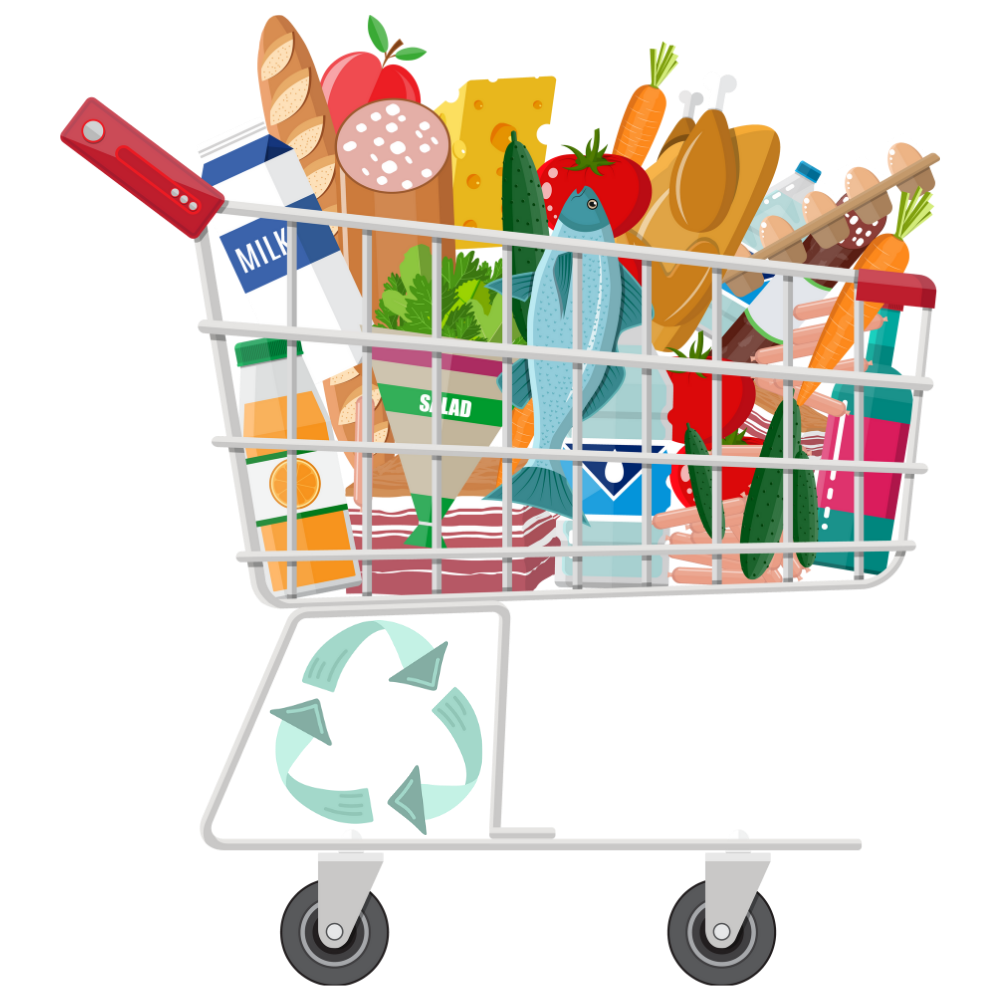
Mindful Shopping
Reduce packaging waste by buying products in bulk. Choose unpackaged fruits and vegetables over pre-packaged ones. Opt for products with minimal or recyclable packaging.
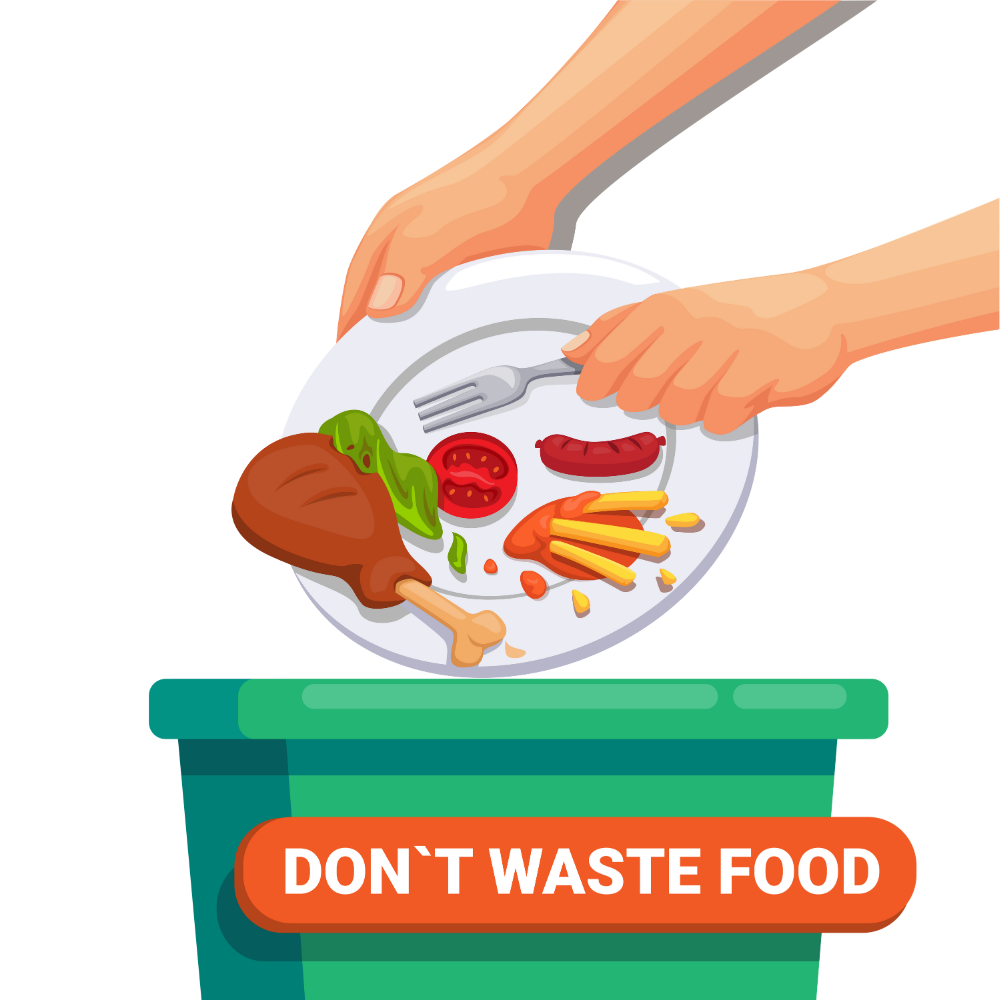
Minimize Food Waste
Plan your meals and get creative with using leftovers. Store food to maintain its freshness. Compost kitchen scraps and food waste to keep them out of landfills.

Reusable Cloth Diapers
Consider cloth diapers for babies to reduce the waste generated by disposable ones.

Repair and Reuse
Instead of discarding torn clothing, broken appliances, or damaged items, repair them. Invest in high-quality, long-lasting products.
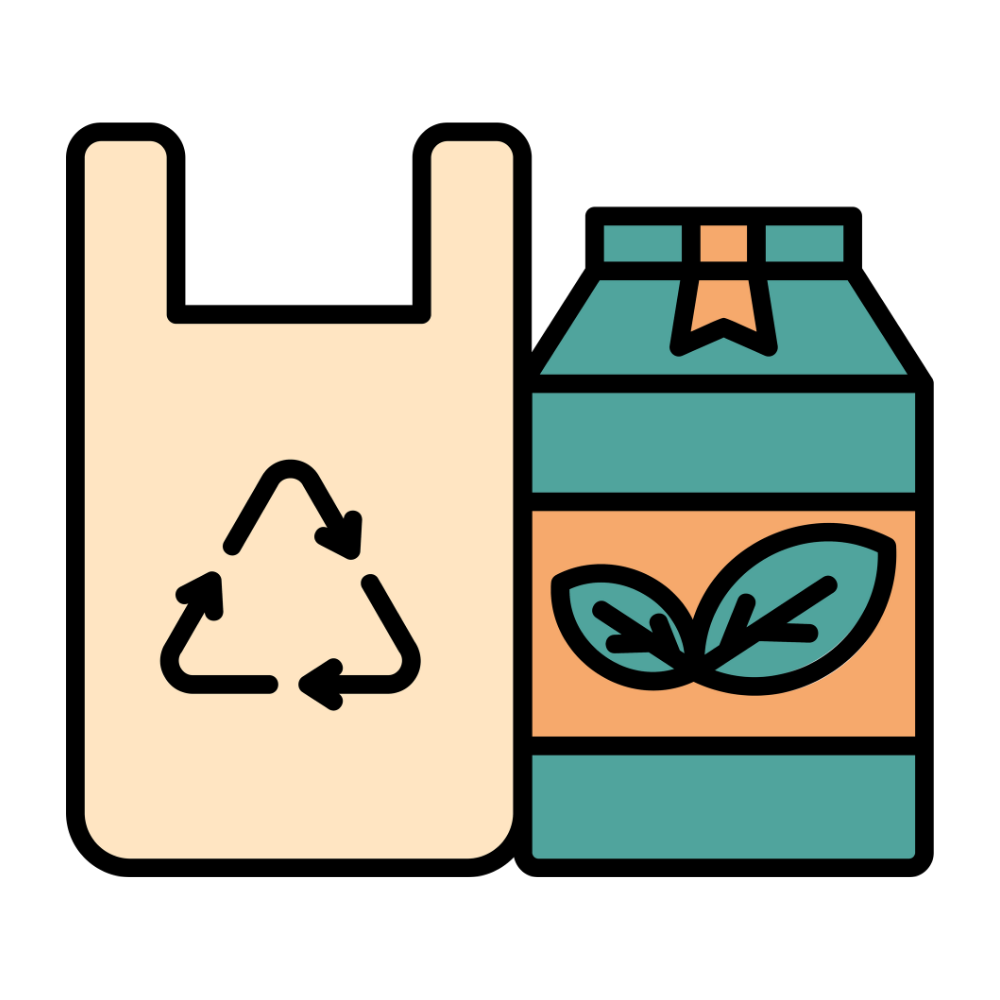
Reusable ClothChoose Eco-Friendly Packaging Diapers
Look for products with eco-friendly packaging such as glass, paper, or recyclable materials.
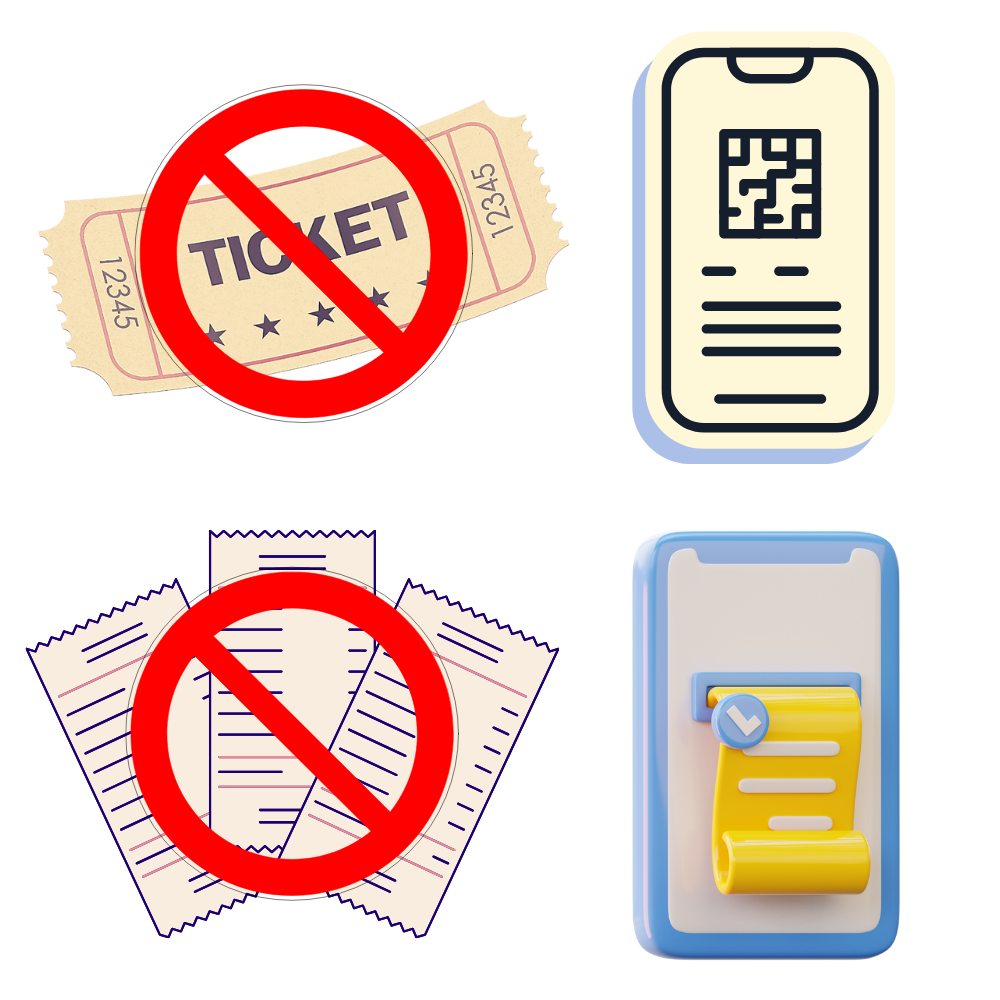
Embrace Digital Alternatives
Receive bills, newsletters, and magazines electronically to reduce paper waste. Use e-tickets for events and travel instead of paper tickets.

Correct Recycling
Learn your local recycling guidelines and recycle correctly. Dispose of e-waste through designated recycling programs.

Opt for Reusable Personal Care Items
Consider reusable razors, menstrual cups, and cloth towels to reduce waste from disposable products.

Sustainable Gift-Giving
Use non-disposable materials like scarves to wrap gifts. Consider gifting experiences instead of physical items.
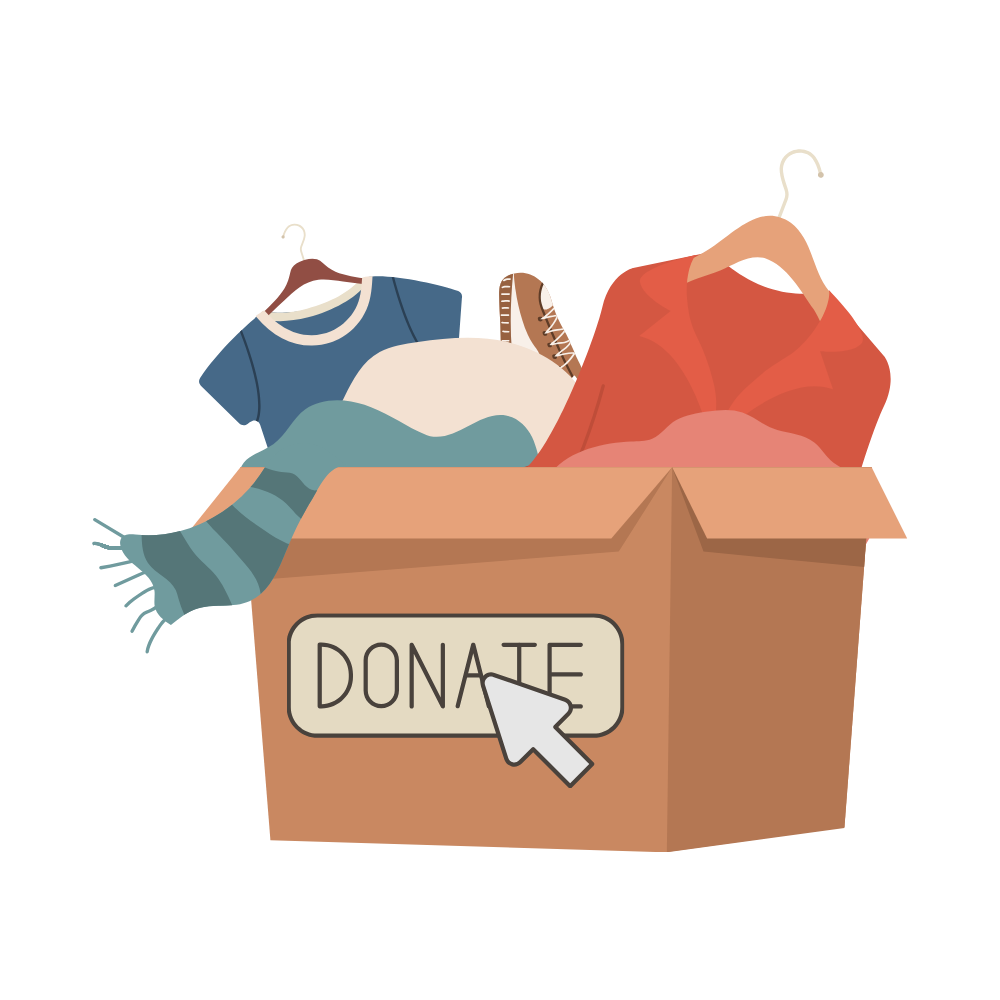
Donate and Upcycle
Donate items you no longer need to charities or secondhand stores. Explore recycling projects to give old items a new purpose.

Reuse Glass Jars
Reuse glass jars for food storage, crafting, or organizing household items.
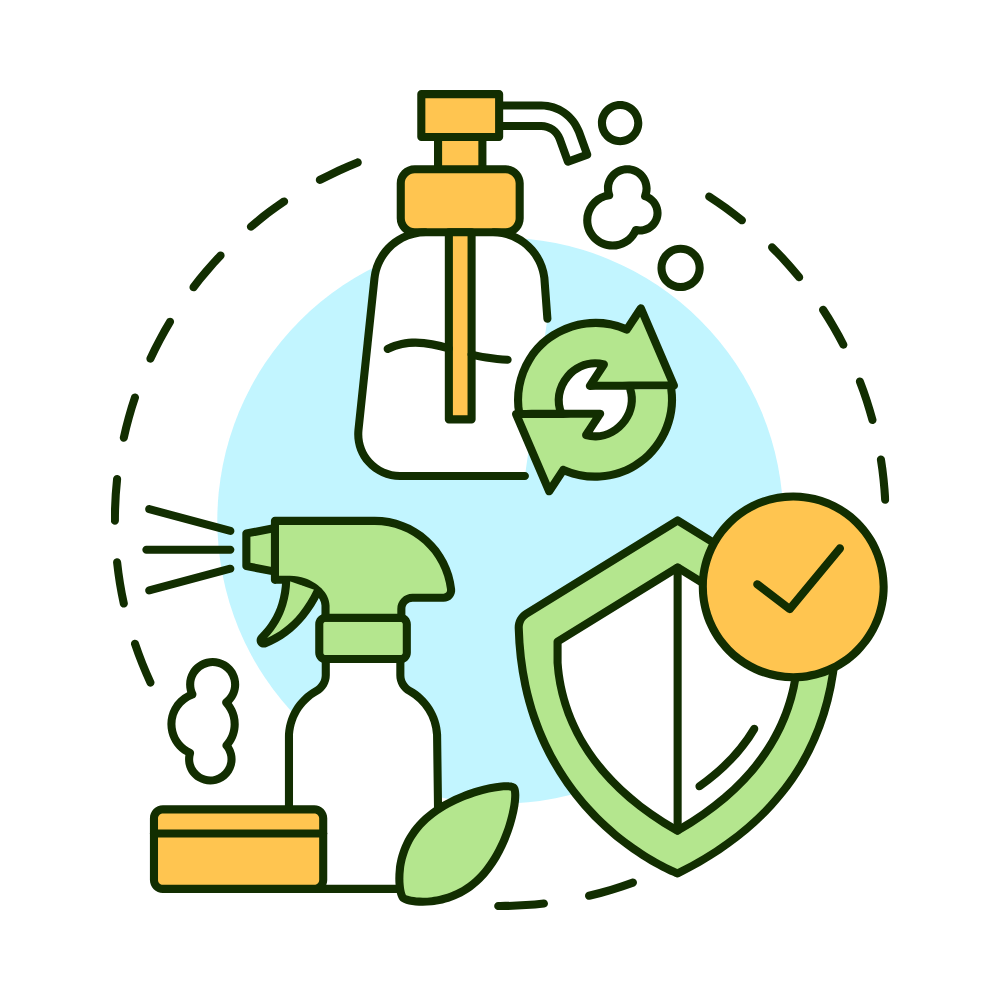
Eco-Friendly Cleaning
Reduce chemical waste by using eco-friendly cleaning products and materials. Make your own cleaning products using simple, natural ingredients.
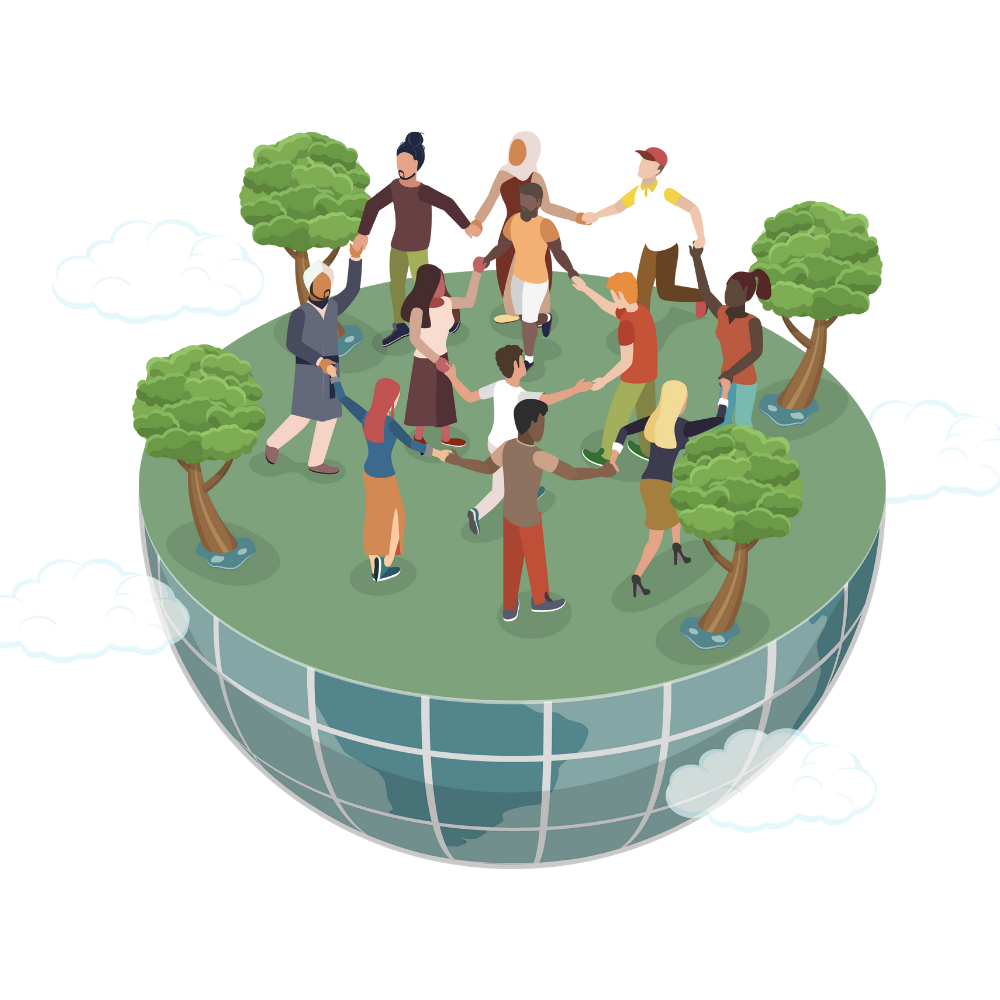
Community Contributions
Get involved in local environmental and waste reduction initiatives. Encourage your community to adopt waste reduction practices.
Incorporating these simple habits into your daily life can significantly reduce waste and contribute to a greener future. Remember, each small step is a significant stride toward making our environment and our world more sustainable.
